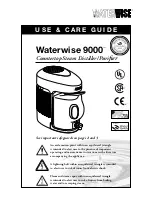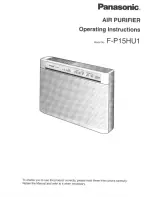
Fig. 5-11
Fig. 5-12
Fig. 5-13
Fig. 5-14
Using of stop valve
1. Remove the stop valve lid.
2. Insert the hex wrench into the stop valve, and rotate
the stop valve counter-clockwise.
3. Stop turning when the stop valve cannot be rotated
further.
Close stop valve
1. Remove the stop valve lid.
2. Insert the hex wrench into the stop valve, and rotate
the stop valve clockwise.
3. Stop turning when the stop valve cannot be rotated
further.
Maintenance access and
its valve lid
Stop valve lid
Stop valve connection
tube
a
b
c
d
e
a
b
c
d
e
Sealing component
Axis
Hexagonal hole
Stop valve lid
Maintenance access
Result: Valve is now open.
The fastening torque of the stop value is shown in table
5-2. Insufficient torque may cause the refrigerant to leak.
Result: Valve is now closed.
Direction to close:
1
2
3
4
Fastening torque
Table 5-2
{
`_
_
`+
X|
X
`
Stop valve
size (mm)
!
(turn clockwise to close)
Axis
Valve body
9~30
12~30
16~30
24~30
25~35
5.4.8 Connecting refrigerant piping to
MS boxes
MS boxes include solenoid valves which control
$##*
that unit operation (heating or cooling) matches the
comfort requirements set by the occupant.
Field piping connections for the outdoor unit gas and
liquid pipes are provided on the right and left side of
the MS box. Only one side can be used. Piping
through the MS box to another MS box is not
allowed. Use the proper branch joint kit when
multiple mode selection boxes are connected.
Refrigerant piping connections to outdoor unit(s) and
indoor units are made with field braze connections.
T1C2
T1C2 EEVA
SVnA-n
SVnB-n
SV1A-1
SV1B-1
SVP
Heat
exchanger
MS box
Charge port of nitrogen gas
1
1
2
3
4
5
4
5
4
5
4
5
2
3
Partial-open
in factory
#*# %#
Strong charge (nitrogen pressure > 20 kPa)
Fig. 5-15
21
















































